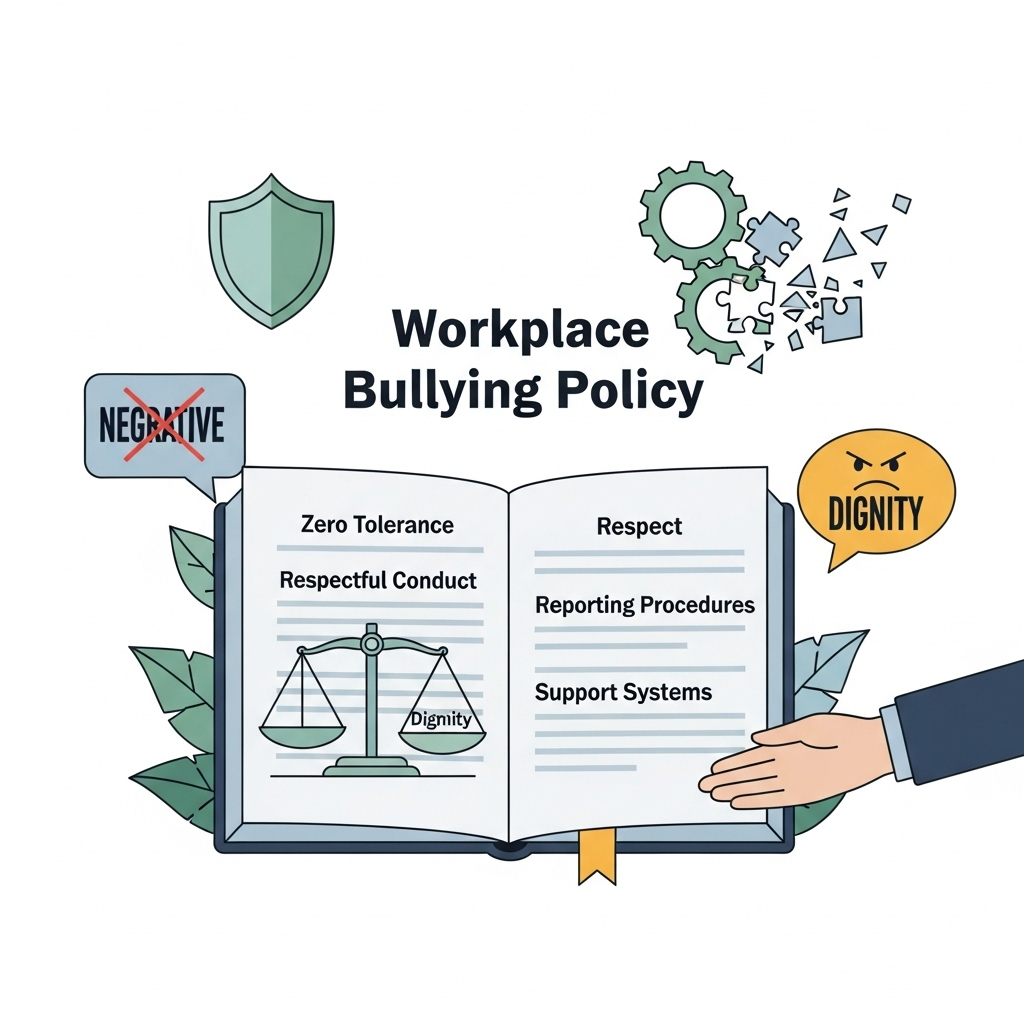Definition
Informal Communication is the casual and often spontaneous way that colleagues interact with one another in the workplace. It’s not bound by official protocols or hierarchies and thrives on social connections, allowing employees to share ideas, humor, or even concerns in a relaxed setting.
Key Components
Understanding the nuances of Informal Communication can greatly enhance workplace dynamics. Here are some key components to consider:
- Casual Interactions: This includes everyday chats, whether it’s about last night’s game or weekend plans. These casual conversations can foster camaraderie and create a more cohesive work environment.
- Grapevine Communication: Often referred to as the “grapevine,” this is the unofficial channel through which information (and sometimes rumors) spreads. Think of it as the water cooler talk that often holds as much weight as formal announcements.
- Non-verbal Cues: Informal communication isn’t just about words. Simple gestures like a friendly wave, a thumbs-up, or even a smile can convey support and build rapport among team members.
- Flexibility: Unlike formal communication, which follows strict protocols, informal communication is fluid and adaptable. This allows employees to express their thoughts freely without the fear of judgment.
- Peer Relationships: Informal communication helps in nurturing relationships among peers, allowing for open dialogue and collaboration that transcends job titles.
Importance in the Workplace
So why does Informal Communication matter? It plays a crucial role in shaping the workplace culture and can significantly impact employee morale. For instance, consider a situation where an employee feels overwhelmed. They might be more inclined to share their feelings informally with a colleague rather than in a formal meeting. This openness can lead to support, solutions, and a healthier work environment.
Moreover, informal networks often help in quick problem-solving. When teams communicate casually, they can brainstorm ideas, voice concerns, or clarify misunderstandings in real-time, making the workplace more efficient and collaborative.
Best Practices
To make the most of Informal Communication, here are some practical tips you can implement in your workplace:
- Encourage Social Interactions: Organize team-building activities, coffee breaks, or casual lunches where employees can mingle outside of formal settings. This builds stronger bonds and opens up channels for informal chats.
- Be Approachable: As a leader, foster an open-door policy where employees feel comfortable approaching you about anything, whether it’s work-related or personal. This encourages a culture of openness.
- Leverage Technology: Use communication tools like Slack or Microsoft Teams to create informal channels where employees can share memes, celebrate personal milestones, or engage in light-hearted discussions.
- Model Informal Communication: Demonstrate the behavior you want to see. Share a personal story or a light joke during meetings to show that it’s okay to be human at work.
- Stay Mindful of Boundaries: While informal communication is beneficial, be aware of personal boundaries and workplace professionalism. Ensure that conversations remain respectful and considerate of others’ feelings.
Legal Considerations
While Informal Communication can enrich the workplace experience, it’s important to be mindful of legal implications. For example, sharing sensitive information casually can lead to breaches of confidentiality. Always remind employees about the importance of discretion, particularly regarding proprietary or sensitive data. Additionally, be cautious about informal discussions that might inadvertently lead to workplace gossip or create a hostile environment; such scenarios can lead to complaints or legal issues.
Conclusion
In summary, Informal Communication is an integral part of workplace dynamics that can enhance relationships, bolster team spirit, and improve overall productivity. By understanding its role and implementing best practices, you can create a culture that values open dialogue and fosters collaboration. Remember, while formal communication is important, don’t underestimate the power of a friendly chat or a shared laugh. It just might be the secret ingredient to a thriving workplace!




